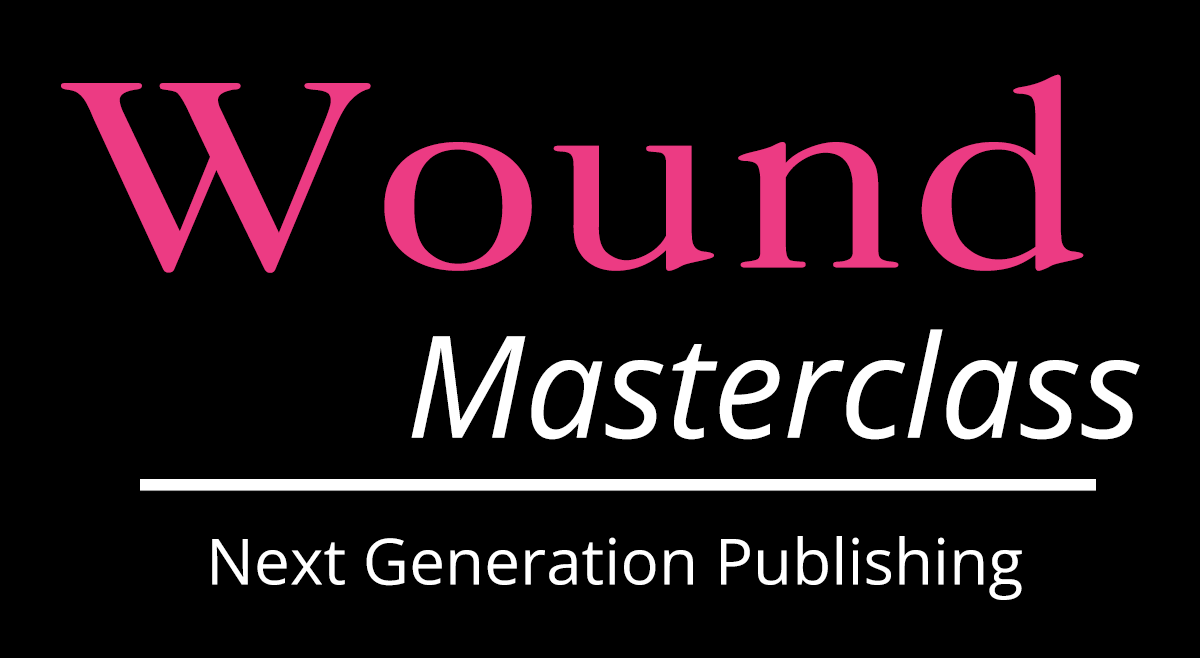This past weekend I was lucky enough to have my hospital (Reading Hospital, part of Tower Health System) support the attendance of not only myself, but of three additional nurses from my institution at the AAWC Pressure Ulcer (PrU) Summit. Amy, the nursing quality coordinator, Sylvia, a surgical Intensive Care Clinical Nurse Specialist, and Eileen, the medical intensive care unit clinical nurse specialist are NOT wound care specialists. The vision of our institution is that engaging the entire team will help us drive change that is meaningful, hence my decision to have our team join me at the AAWC PrU Summit.
My team and I found ourselves in the company of more than 200 clinicians representing institutions across the U.S., including individuals and teams from many practice areas and professional levels. In addition to attending the conference, we also attended the Pre-Summit Workshop titled PrU Prevention Programs: Justify, Quantify, Strategize. There we heard from an international team that practices in a variety of settings that face challenges very similar to ours in the states.
One of the greatest things about this conference is that we are not here to complain about the problems of our specialties. We all know the challenges of patient care and of our practices. Everyone in the room is here for solutions and to discover what other colleagues are doing that works well. We learn about how external factors such as regulatory bodies, scientific studies and other published works can augment or hinder our practices. As a wound care specialist, I was concerned whether my Tower Health colleagues would find the Summit beneficial. My passion for wound, ostomy, and continence care drive my desire to learn more. I should not have worried. Each reported learning something different but applicable from the Summit and agreed they would bring back learnings which would help in their day to day practice areas.
There is extraordinary value in coming together. In listening to the challenges of others and learning how they have persevered through them and how our contributions and experiences can help others. Joining with researchers, physical therapists, physicians, surgeons, nurses, nurse practitioners, product specialists, and administrators, among others, we continue to drive the ever-changing and ever-improving specialty of wound care. And that is what I appreciated most about this conference. You don’t know what you don’t know until you know what you don’t know.
There is more to share about the take-aways from the Summit. Read more in next week’s blog!
Feb
12
Share this post:


